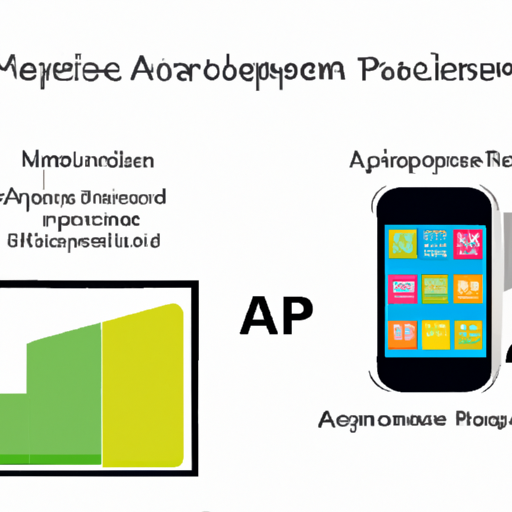Application Development in Non-Rechargeable (Primary) Batteries for AM2XF3: Key Technologies and Success Stories
Developing applications for non-rechargeable (primary) batteries, such as the AM2XF3, requires a deep understanding of the technologies that enhance their performance and the successful implementations that demonstrate their capabilities. Below is an overview of the key technologies and notable success stories in this domain.
Key Technologies
| 1. Battery Chemistry | |
| 2. Energy Density | |
| 3. Shelf Life | |
| 4. Temperature Performance | |
| 5. Form Factor and Packaging | |
| 6. Smart Battery Technologies | |
| 1. Medical Devices | |
| 2. Consumer Electronics | |
| 3. Emergency Equipment | |
| 4. Remote Sensors | |
| 5. Toys and Gadgets | |
| 6. Military Applications | |
Success Stories
Conclusion

The development of applications using non-rechargeable batteries like the AM2XF3 is driven by advancements in battery chemistry, energy density, and smart technologies. Success stories across various sectors, including medical devices, consumer electronics, and emergency equipment, underscore the importance of these batteries in providing reliable and long-lasting power solutions. As technology continues to evolve, the role of primary batteries will remain significant in powering a wide range of applications, ensuring that they meet the demands of modern life.
Application Development in Non-Rechargeable (Primary) Batteries for AM2XF3: Key Technologies and Success Stories
Developing applications for non-rechargeable (primary) batteries, such as the AM2XF3, requires a deep understanding of the technologies that enhance their performance and the successful implementations that demonstrate their capabilities. Below is an overview of the key technologies and notable success stories in this domain.
Key Technologies
| 1. Battery Chemistry | |
| 2. Energy Density | |
| 3. Shelf Life | |
| 4. Temperature Performance | |
| 5. Form Factor and Packaging | |
| 6. Smart Battery Technologies | |
| 1. Medical Devices | |
| 2. Consumer Electronics | |
| 3. Emergency Equipment | |
| 4. Remote Sensors | |
| 5. Toys and Gadgets | |
| 6. Military Applications | |
Success Stories
Conclusion

The development of applications using non-rechargeable batteries like the AM2XF3 is driven by advancements in battery chemistry, energy density, and smart technologies. Success stories across various sectors, including medical devices, consumer electronics, and emergency equipment, underscore the importance of these batteries in providing reliable and long-lasting power solutions. As technology continues to evolve, the role of primary batteries will remain significant in powering a wide range of applications, ensuring that they meet the demands of modern life.













